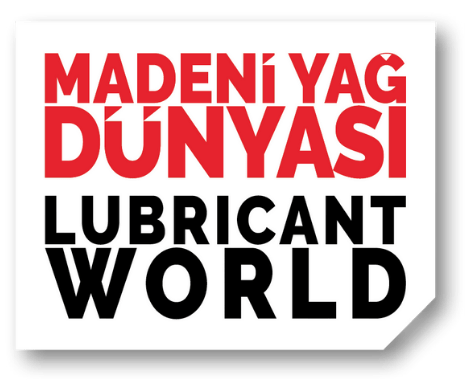Freezing Point Depressants (FPD): Hydrocarbons, which form the basis of lubricating oils, tend to solidify at low temperatures. Such additives are high molecular weight polymers. This additive prevents formation of a wax crystal structure that will prevent oil flow at low temperatures. Additives do not completely prevent the formation and growth of wax crystals, but at low temperatures they can create a more rigid structure. Depending on the type of the lubricating oil, the freezing point can be depressed by approx. 20C.
Viscosity Index Improvers (VI): This additive is used to help reduce the decrease in the viscosity of any lubricating oil at higher temperatures, although not as much as the viscosity at low temperatures. These additives provide a minimum increase in oil viscosity at low temperatures, and a maximum increase at high temperatures. In this way, a stable oil film is formed on the moving parts, and the film is not affected much by the temperature. Oil molecules at high temperatures tend to take a flat shape and these long molecules tend to interact with each other. This tendency makes the oil have much intense thickening effect. When the temperature of the lubricating oil increases, VI improvers act like surging small balls. VI improvers consist of compounds such as polymerized olefins or isoolefins, butyl polymers, cellulose esters, and hydrogenated rubber.
These additives are long chain high molecular weight polymers. Physical working principle of viscosity index improvers is indeed completely based on solubility. Large polymer molecules are tightly bound together at low temperatures. As the temperature increases, the molecules slowly unwind and move away from each other, and in this way it is considered that they gain a larger hydrodynamic volume. As such, a polymer chain network occurs in base oil.
VI improvers are widely used in lubricating engine oils, automatic transmission fluids, multipurpose tract fluids, hydraulic fluids, greases, and for lubricating gear wheels in reduction gear units.
Foam Inhibitors: These additives are used for preventing foam formation in the lubricating oil and to alter the surface tension of the oil. Most lubricant applications involve agitation, which traps air in the oil and encourages the formation of foam. The air will not cause any problem if it is included as a solution in the oil. However, if the solution is under pressure and the pressure suddenly drops, the air will leave the structure of the solution and initiate the formation of foam. The ability of foaming resistant oils varies depending on the type of raw oil, refining type, grade and viscosity. Practically 0.002-0.003‰ silicone polymer-added foam inhibitor is widely used. These materials are marginally soluble in oil. If precipitation can be avoided due to prolonged storage of the oil, polymers can be larger. In addition, these additives increase the amount of air in the oil. Organic polymers are sometimes used with silicones to overcome these difficulties, although much greater concentration is required. Foaming causes damage to the pumps, resulting in pressure drop and loss of power due to absorption of the foam.




